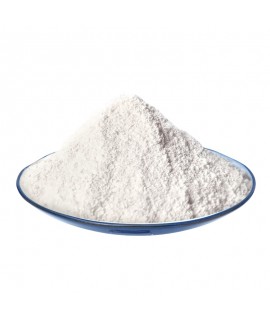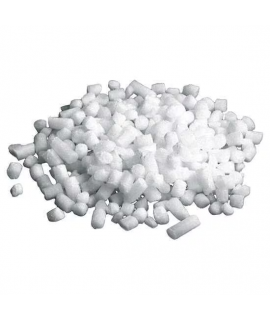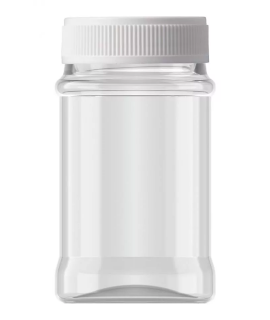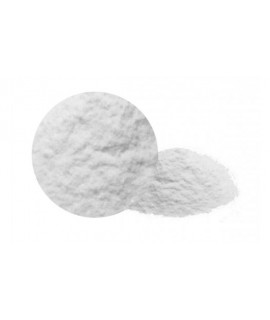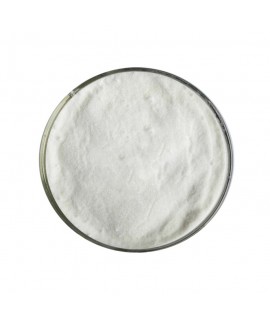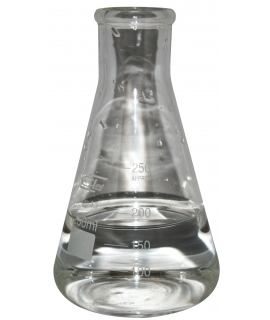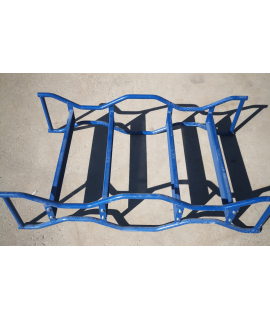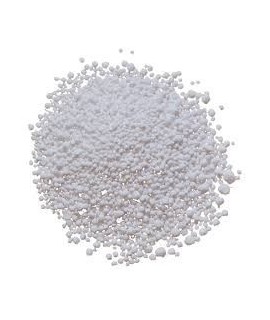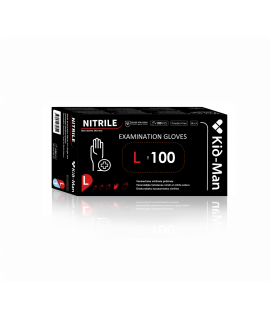KAOLIN (KAOLIN CLAY), kg
3.99 €
01221404
White clay, CAS 1332-58-7, INCI KAOLIN, kaolin clay, kaolinite, Chinese clay, china clay, Arcilla de caolín, Argila caulim, Argile de Kaolin, Argilla caolino, Kaolin Ton.
Parameter | Attribute |
Kaolin | kaolin clay, kaolinite, China clay, Chinese clay |
Formula | Al2(OH)4Si2O5 |
Structure |   |
IUPAC | Kaolin (oxo-oxoalumanyloxy-[oxo(oxoalumanyloxy)silyl]oxysilane;dihydrate) |
INCI | KAOLIN |
CAS | 1332-58-7 |
Molar mass | 258.16 g/mol |
Density | 2.16–2.68 g/cm3 (solid phase) |
Solubility | In water: insoluble, dispersible Ether: insoluble |
Kaolin is a sedimentary rock consisting of kaolinite and quartz, as well as feldspars, mica, pyrite and other impurities. The rock takes its name from the name of the first locality in the Kaoling Mountains in China. Mostly white powder.
In cosmetics white clay, also known as kaolin, is the most versatile and widely used clay in cosmetics. It is mainly used in face masks, where it acts as an absorbent and exfoliant. Kaolin's absorbent properties also reduce the volume of cosmetic products and act as a binder. Kaolin is the softest of all clays and is very gentle and non-irritating to the skin, making it ideal for people with dry and sensitive skin. It gently tightens pores, accelerates wound healing and eliminates the inflammatory process. Warm white clay compresses relieve fatigue and have a calming effect. Like all cosmetic clays, it smooths the skin and improves blood circulation. It can also be used for dilated capillaries. Kaolin is used to whiten acne scars and blemishes, shrink dilated capillaries and spots, making the skin whiter and brighter. A cosmetic face mask with white clay cleanses the skin and supplies oxygen to the skin cells. It saturates the skin with trace elements and gives it elasticity. White clay can be used as a gentle exfoliant to smooth fine lines, tone, gently whiten and refresh the complexion. The hair mask nourishes the scalp, stimulates hair growth and prevents dandruff. Regular use of white clay will give your face and body a healthy appearance. White clay does not strip the skin of its oils and is therefore suitable for dry skin. It can be found in face masks, hair masks, facial scrubs, pre-work skin protection creams, spa body treatments such as body wraps, cocoons or spot treatments such as just the feet, back or hands. Essential oils can be added to give a pleasant aroma or seaweed can be added to increase the nutritional value of the treatment.
In horticulture, kaolin is used as an organic remedy: in organic farming, to spray crops to prevent insect damage and, in the case of apples, to prevent sun scald.
In the construction industry, it is used as a bleaching agent in traditional stone masonry houses in Nepal (usually the top is painted with white kaolin clay and the middle with red clay; the red clay can extend to the bottom and the foundation can be painted black). Also in a modified form of metakaolin as pozzolan; when added to the concrete mix, metakaolin accelerates the hydration of the Portland cement and participates in a pozzolanic reaction with the Portlandite formed by the hydration of the main cement minerals (e.g., alite).
In the paint industry, kaolin is used as a white pigment in paints to enhance the white pigment of titanium dioxide (TiO2) and to change the gloss. Some times kaolin clay is used to get “old white” color for restoration of old furniture or to make old type paints.
In water treatment, as adsorbents for water and waste water treatment. Kaolin particles attract small particles (floccules) that sink in water into larger aggregates and precipitate them, thus purifying the water of particulates.
In medicine, white clay is used to soothe upset stomachs, much as parrots (and later humans) in South America originally used it (more recently, industrially produced kaolinite preparations were common for diarrhoea; the most common of these was kaopectate, which abandoned the use of kaolin in favor of atapulgite and later (in the USA) bismuth subsalicylate (the active ingredient in Pepto-Bismol). It is also used in tests and to induce blood clotting in diagnostic procedures, e.g. Kaolin clotting time
In ceramics kaolin, especially white Kaolin, is used for glazes and masses. In glazes it increases scratch resistance, viscosity and chemical resistance.
Chemical analysis Composition %
SiO₂ 50.4
Al₂O₃ 34.3
Fe₂O₃ 0.5
K₂O 1.9
TiO₂ 0.4
Na₂O 0.2
Various industrial uses: as a light-emitting agent in white incandescent light bulbs, in an industrial insulation material called Kaowool (a form of mineral wool), in the modification of the properties of rubber by vulcanisation, in adhesives to modify rheology, as a bulking agent or as a coating to improve the surface in papermaking, as an indicator of radiological dating, since kaolinite may contain very small traces of uranium and thorium
Important: Add the item to your basket, fill in the recipient's details and confirm your order. Thank you!
To save your precious time, we will deliver your order to your address at a time convenient for You!
*- Pictures of the goods may not reflect the actual appearance, color, assembly or shape of the goods and their packaging. The information in the product description is general and may not correspond to the information on the packaging of the product and may not be accurate as to the use of the product. The information given on the stocks and prices of goods may, in certain cases, differ from the actual prices and stocks of goods
Signal word: Warning |
Hazard icons:
|
Danger phrases: H373 May cause damage to the lungs by prolonged or regular inhalation. |
Precautionary statements: P260 Do not inhale dust. P284 In case of inadequate ventilation, use respiratory protection P501 Dispose of contents/container in accordance with local/regional/national/international legislation. |
01221404
Related products
(8 other products in the same category)


